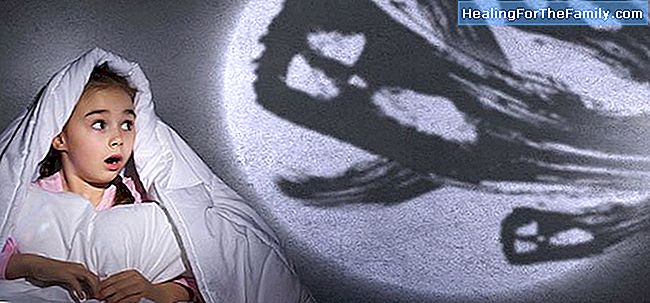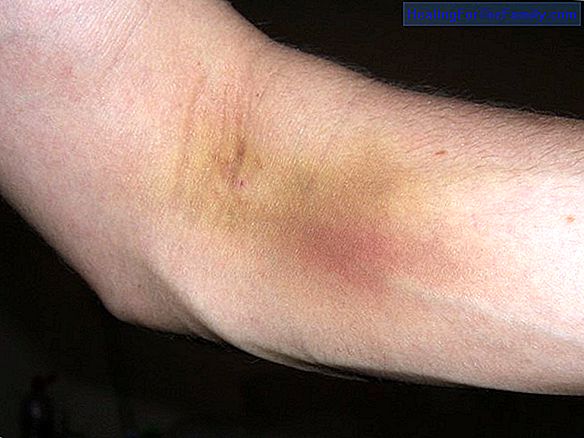Differences between nightmares and night terrors
Although they are similar, there are many differences between nightmares and night terrors. How to distinguish them? Everything depends on the degree of spectacularity, the difficulty to calm and awaken the child or the moment in which they occur. We explain the characteristics of each other so that
Although they are similar, there are many differences between nightmares and night terrors. How to distinguish them? Everything depends on the degree of spectacularity, the difficulty to calm and awaken the child or the moment in which they occur.
We explain the characteristics of each other so that you can also learn to distinguish the nightmare from the episodes of night terrors.
Does our child have night terrors or nightmares?

All of us who have children have experienced on some occasion the experience of waking up with the desperate cries of our children in the middle of the night. This is one of the similarities between nightmares and night terrors. Both cause anxiety, fear and sudden 'awakenings' preceded by cries or tears of anguish during the night. But unlike nightmares, very common in childhood, night terrors are rare and usually affect only between 3% and 6% of children of school age.
5 differences between night terrors and nightmares
1. One of the most important differences between night terrors and nightmares is that the former are much more spectacular and more distressing. The screams and movements of the child who experiences an episode of night terrors causes much more alarm to parents than one of those nightmares of which we are accustomed to console. However, it should be noted that despite this spectacular night terrors are not a symptom of a disorder or latent medical problem.
2. A child can have an episode of night terrors and not present it again or keep having several until they end up disappearing gradually. Nightmares can appear at any time of our lives. 3.
We will recognize that the child suffers from night terrors and not a nightmare because the night terrors appear after a few hours after falling asleep and at the time of transition between the REM phase and the non-REM phase, phases of sleep that we will not enter into. this article, but to make it understandable let's say that they usually appear between before 2 o'clock in the morning. El 4. The child suffering from night terrors shakes abruptly, sits on the bed, screams, seems terrified, disoriented, and does not recognize the people around him. He has tachycardias, is drenched in sweat and dilated pupils. It may seem a nightmare but no, because the child does not calm down or wake up when we come to his side. 5.
Unlike nightmares, the child who suffers an episode of night terrors it is difficult to wake up or calm down
and in case of doing so he is not able to explain what is happening to him due to his confusion. He remembers nothing of what he dreamed because night terrors are not exactly a dream but an experience of intense fear that occurs in the transition from one dream phase to another. Once the crisis is over, the child goes back to sleep peacefully, without fear and without remembering anything that happened. The parents are the ones who were overwhelmed by what happened, which may have lasted between 1 and 20 minutes. There is no treatment for night terrors more than trying to reassure the child who suffers and reduce stress throughout the day. Fortunately, the episodes will gradually subside from 9 to 10 years of age, but professional help should be sought if the terrors occur very frequently and we fear that the child may be injured in the course of one of them.












